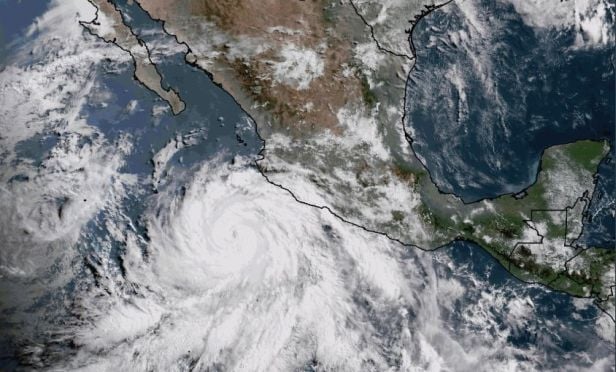 Hurricanes, particularly Harvey, Irma and Maria, alongside other catastrophe events last year wiped out a number of reinsurers' profitability for the year and drove the sector's profitability to its lowest level since 2005. (Image: National Hurricane Center/NOAA).
Hurricanes, particularly Harvey, Irma and Maria, alongside other catastrophe events last year wiped out a number of reinsurers' profitability for the year and drove the sector's profitability to its lowest level since 2005. (Image: National Hurricane Center/NOAA).
Experts predict that this year's hurricane season storm activity will be near historical averages for the Atlantic Basin, a region covering part of the North Atlantic Ocean, the Caribbean Sea and the Gulf of Mexico, according to a new report from Moody's Investors Service.
Cooler than average sea-surface temperatures (SST) across the tropical North Atlantic, strong trade winds and sea level pressures, and a neutral or weak El Niño could result in an average season this year, which officially runs from June 1 to November 30.
Recommended For You
Want to continue reading?
Become a Free PropertyCasualty360 Digital Reader
Your access to unlimited PropertyCasualty360 content isn’t changing.
Once you are an ALM digital member, you’ll receive:
- Breaking insurance news and analysis, on-site and via our newsletters and custom alerts
- Weekly Insurance Speak podcast featuring exclusive interviews with industry leaders
- Educational webcasts, white papers, and ebooks from industry thought leaders
- Critical converage of the employee benefits and financial advisory markets on our other ALM sites, BenefitsPRO and ThinkAdvisor
Already have an account? Sign In Now
© Touchpoint Markets, All Rights Reserved. Request academic re-use from www.copyright.com. All other uses, submit a request to [email protected]. For more inforrmation visit Asset & Logo Licensing.








